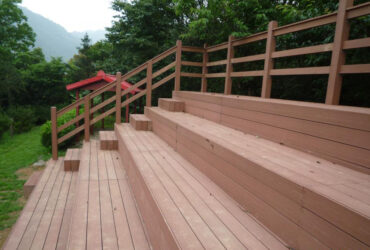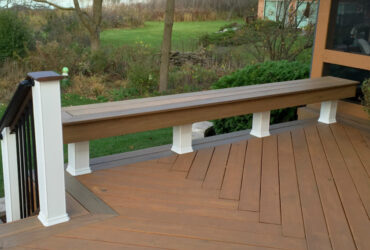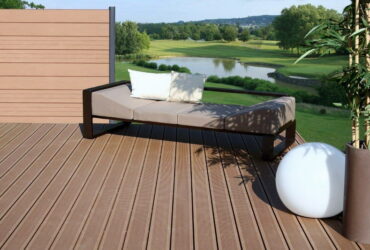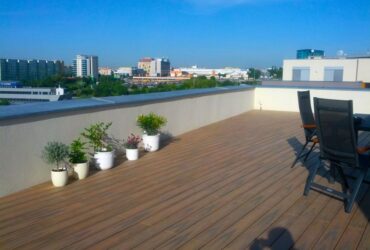Foaming Of Wood-plastic Composites
Foaming wood-plastic composites is to add appropriate foaming agents (baking soda, AC, etc.), nucleating agents, additives, etc. to improve the density of composite materials and poor mechanical properties.Reasonable addition of foaming agent can effectively reduce material density and improve mechanical properties.The composite material treated with foaming agent can not only reduce the density (the density of wood-plastic composite material is higher than that of pure wood),And because the cell structure produced by foaming can effectively reduce heat exchange, so that the material has certain heat preservation and sound insulation functions.However, the mechanical properties of the foamed wood-plastic material will be weaker than that of the unfoamed material, so the practicability will be reduced.Therefore, micro-foaming should be used, so the choice of foaming agent is very important for the foaming of foamed wood-plastic composites. There are two main foaming methods of foaming agent; namely, physical foaming method and chemical foaming method.
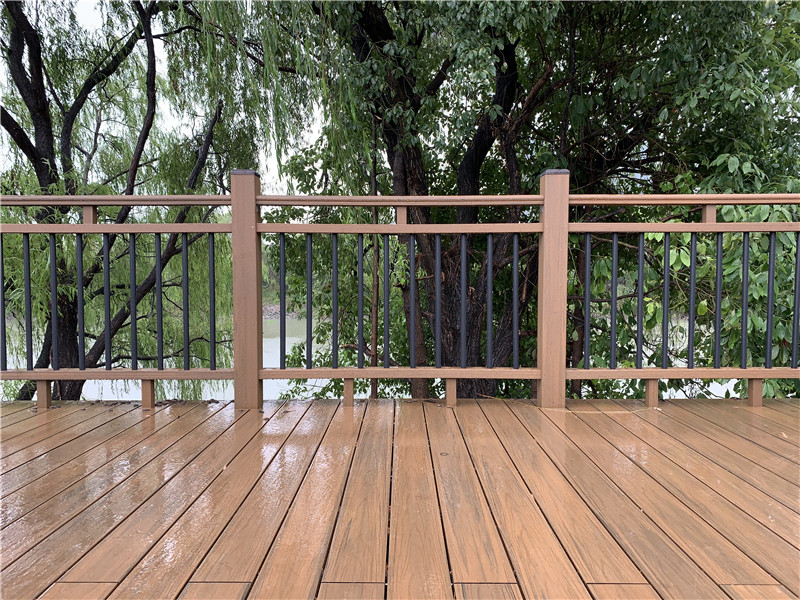
The physical blowing agent actually generates gas through the physical changes of the blowing agent to provide foaming to the composite material.There are mainly low boiling point liquids and gas blowing agents (such as CO2, N2, etc.),The chemical blowing agent generates gas through a chemical reaction to foam the composite material.It can be mainly divided into two types: endothermic blowing agent (such as baking soda) and exothermic blowing agent (such as azodicarbonamide, AC).Two types of chemical blowing agents have a great influence on the cells of composite materials, among which endothermic blowing agents can quickly reduce the temperature of the material, so stable cells can be formed. However, the exothermic blowing agent cannot control the temperature well, which will cause the size and distribution of the bubbles to be uneven.

When using some foaming agents, it is necessary to add additives, because some foaming agents have a high decomposition temperature or a slow decomposition rate at low temperatures.Adding additives can effectively catalyze the decomposition and reduce the required temperature, and can also improve the size and distribution of cells.
Relatest Post
‘First Books I Remember’: Bill Hader Breaks Down Cat in the Hat Role as New Trailer Debuts
Details icon